UP TO THE MINUTE
The evolution of retrofit roof testing
May 28, 2025 at 6:00 a.m.By Roof Hugger.
From concrete blocks to cutting-edge modeling, Roof Hugger’s journey has redefined what it means to test a roof.
If you think roof testing is just about seeing what doesn’t fall apart in a storm, think again. What started in 1991 with a bold idea and a few stacks of concrete blocks has evolved into a high-stakes engineering frontier, where every panel, purlin and clip is pushed to its limits. The story of Red McConnhie and I forming Roof Hugger isn’t just a tale of metal and math, it’s a blueprint for how persistence, innovation and cold, hard testing shaped an entire segment of the construction industry.
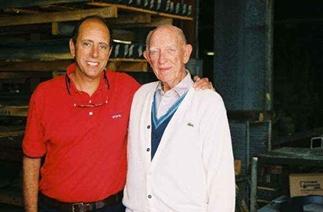
Soon enough we started getting questions like, “How do we know this is a structurally correct assembly?” Good question I thought, how do we confirm our retrofit system is as strong as we “knew” that it was. We had a design engineer but in the early 1990’s there was no standard test for what we were doing, we had pages of calculations but no actual tests. So, we called our engineer for some ideas on how to conduct testing.
Let’s build a roof section, he said, turn it upside down and stack concrete blocks on it until it collapses. We weigh the blocks and then we’ll know at what load the system fails. Great idea we thought so off we went to create a mockup and test it. The system didn’t perform quite like it calculated but we had some actual data points!
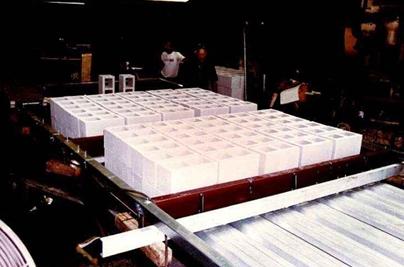
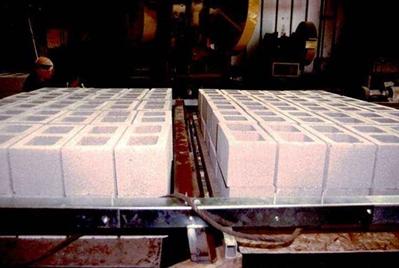
By the late 90's test labs were getting more sophisticated. The Celotex Test Lab Facility in St. Petersburg, FL recommended a then precise protocol for uplift performance and we did some additional confirming tests, using the latest equipment. Now we had even more data points to compare to our early rudimentary testing.
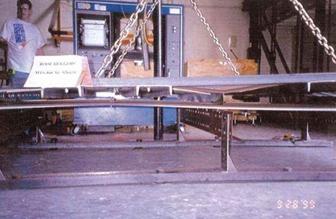
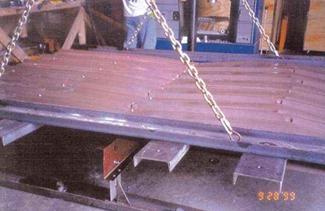
In the early 2000’s a new test was becoming the industry standard for testing and for code compliance. This new test was the ASTM E-1592. The E-1592 test was developed to test standing seam panels, although it can test both Screw-down and Standing Seam types. It basically places a flexible airbag beneath the panel and air pressure is gradually added to this airbag pushing the panel up until it fails. Very aggressive but a reliable and repeatable test which soon became the industry standard.
This was the best test ever for our system because now we could have real performance test data with the sub-framing system and the actual new roof panel (or similar) in a real-world assembly. The testing confirmed what we had discovered from our earlier tests, that the systems do not test as well as they calculate. However, this was good news, since now we had industry-accepted performance data! The only problem was that there are hundreds of new and existing panels in the market. Fortunately, many panels are very similar and can be grouped for analysis, but a significant amount of testing still had to be conducted. With this knowledge, we set about the business of testing the major groups including screw-down roofs, vertical rib standing seam, trapezoidal standing seam, deep rib systems, tall clip assemblies, corrugated panels and more.
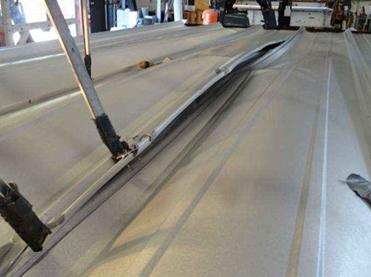
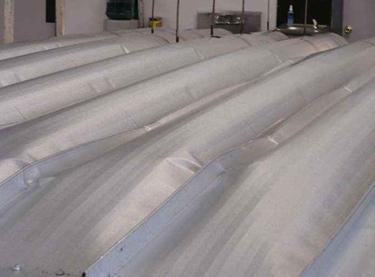
Today’s challenges are even more complex. We always knew that the notched retrofit framing systems added additional weight to the building, we also knew they added additional strength to the existing purlins, but to what extent? The Existing building code allows an additional 3#’/square foot of additional loading without a full building analysis, which will cover most building retrofits, however, we also knew this added strength research would be important because in some cases the existing buildings were already loaded to their maximum. This was an interesting and challenging question so in 2009-2010 we did a series of AISI Gravity Load Base Tests on simple span purlins to determine if we could identify an increase in purlin strength with various size Roof Hugger Sub-purlins. The results were impressive but not “real world” since very few buildings are constructed with simple span purlins. They also don’t reflect the significance of how the existing purlins are mounted to the frames. Clip mounted systems and direct flange mounted purlins behave differently and the length of the purlins lap as well as other factors also can affect how the “system” preforms as a whole.
To address the issue of how the total system of the existing building purlins will perform after a retrofit we undertook the first-ever Base Testing of a retrofit system on continuous purlins. This required the construction of a 50’ long chamber (2-25’ bays) and combinations different height Roof Hugger Sub-purlins.
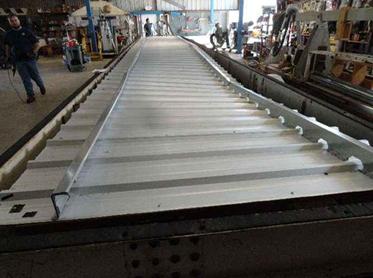
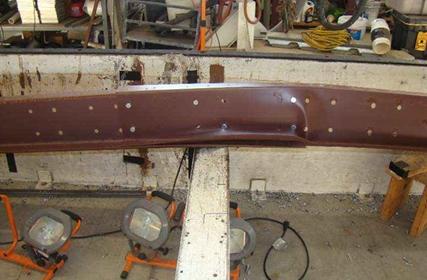
The results, confirmed by two additional structural engineering firms, have allowed us to create computer-based modeling that can analyze most existing metal buildings, their current capacities and the capacity after retrofitting.
This is great news for the designer/specifier. Retrofit metal roofing has come lightyears from its humble beginnings. Shirt sleeve engineering has progressed to full system performance engineering with predictable results. Makeshift assemblies are recognizable for their shortcomings and lack of confirming test data.
Competing products make claims of superior strength but fail to analyze the many other modes of failure such as buckling of the existing purlins, existing purlin lap failure, web crippling due to purlin deflection at the frames and other issues.

Their claims cannot be supported for many reasons:
- They claim to have a continuous Sub-Frame System. How do you lap “U” shaped parts? Components must be connected with splice plates.
- Base Load testing was conducted over a simple span assembly and not real world existing continuous span purlins and does not consider all modes of existing purlin failure
- Test was conducted with low yield 33ksi steel.
- Low yield sub-purlins steel invalidates the new panel manufacturer’s test data for gravity and wind uplift. All new panel performance and fastener pull out/pull over test data is conducted using high-strength 50ksi steel purlins or sub-purlins.
- They offer no E-1592 test data to confirm performance of their product with new panels installed.
Roof Hugger’s acquisition by the LSI Group in 2016 has allowed us to do a greater and wider range of testing. Our history and ongoing commitment to fully understanding metal-over-metal retrofit has given us a depth of knowledge that surpasses anyone producing metal-over-metal retrofit framing systems. A partial list of this testing includes:
- E-1592: Multiple profile combinations, PBR over PBR, standing seam over PBR, standing seam over standing seam (various profiles), PBR over corrugated, standing seam over corrugated, 7.2 rib over PBR and more.
- UL-580/1897: Standing seam over standing seam attached to structural decking, testing over 2x10 wood purlins.
- FM-4471: Standing seam over PBR, standing seam over standing seam
- Diaphragm enhancement testing
- Drag-load testing
- Base Testing: Simple and continuous spans
- Computer modeling of purlin strengthening w/engineering confirmation from test results
- Hot box testing
- Testing of Roof Huggers with Vent hole punching in vertical web
Testing is a slow and expensive process but it has come a long way from the early days of stacking of building materials on a test mockup. Our large volume of test database has given us the understanding that not every retrofit system will perform exactly like the panel tests alone might indicate. As a result, unless we have tested a particular assembly of new and old panels Roof Hugger will typically reduce the panel test data by some percentage to provide a conservative and defendable design. Overkill, maybe, but we have had no failures in our entire history and many stories of buildings surviving events way in excess of their design. We have also been asked to retrofit several of our competitor’s installations.
The fact is that all roofs will wear out at some point, even metal roofs. When that time arrives, it is good to know that by using Roof Hugger, you can specify, with confidence, a new long-life metal roof system, that will upgrade the existing buildings’ old roof to today’s stringent building codes or beyond.
Original article and photo source: Roof Hugger
Learn more about Roof Hugger in their Coffee Shop Directory or visit www.roofhugger.com.
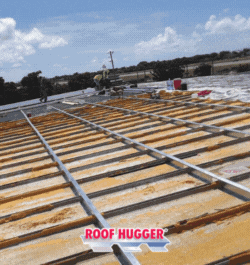
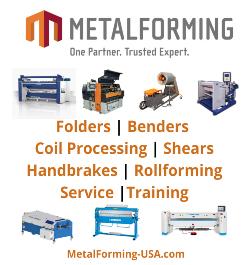





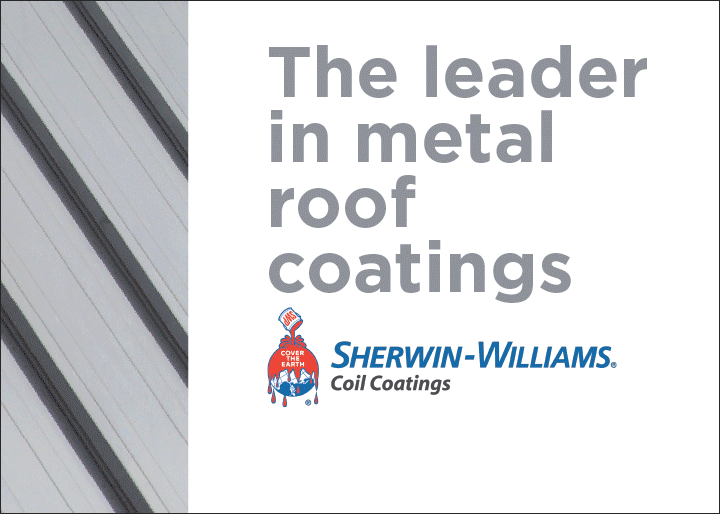


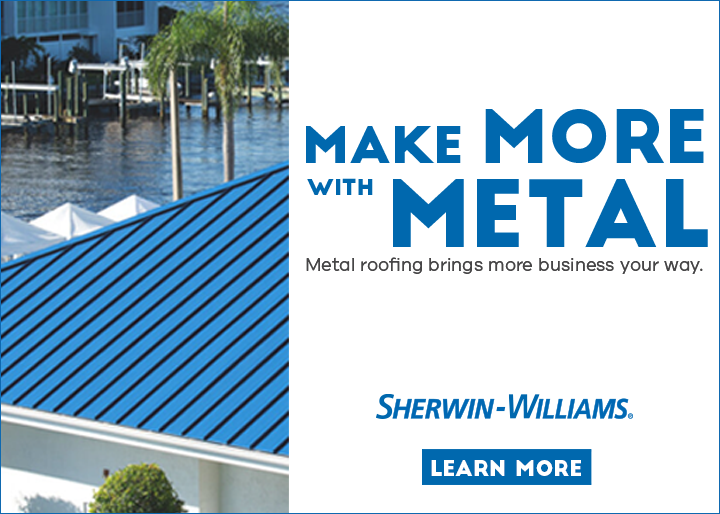

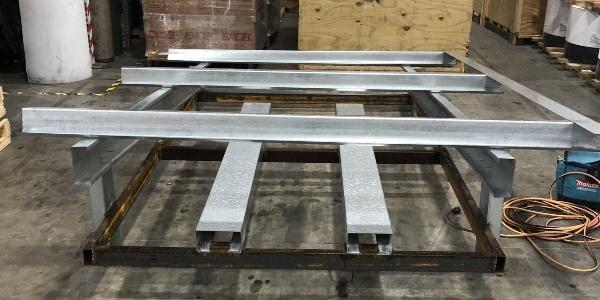

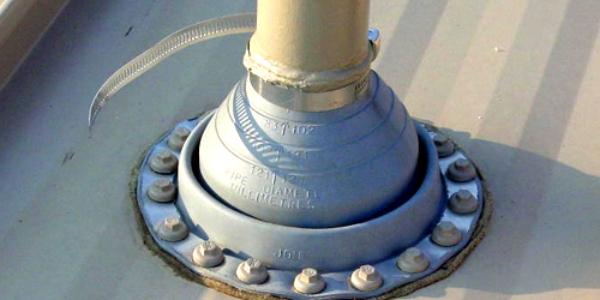


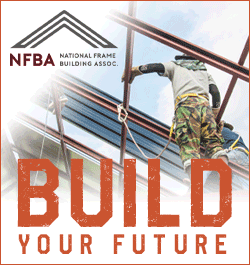

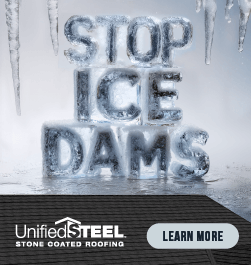

Comments
Leave a Reply
Have an account? Login to leave a comment!
Sign In